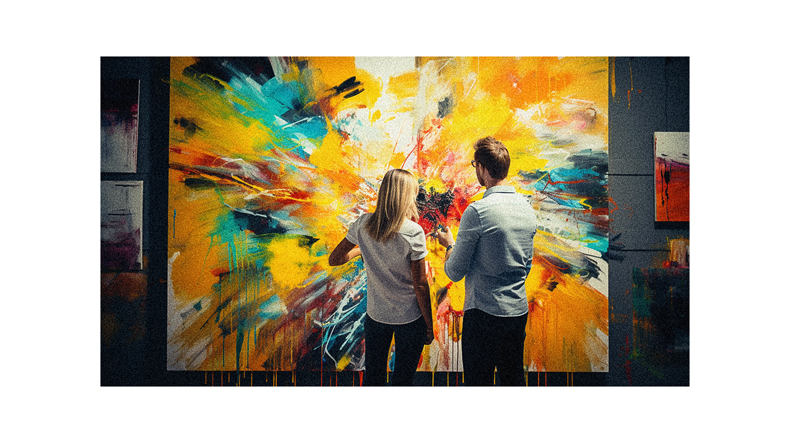You’re an artist, pouring soul into every stroke. Yet, art isn’t just self-expression; it’s a conversation.
‘Feedback and Critique: External Perspectives in Style Development’ explores this dialogue. You’ll learn to embrace criticism as a tool, not an enemy, harnessing others’ perspectives to refine your unique style.
It’s about balancing your artistic integrity with a willingness to grow.
Ready to challenge yourself and deepen your creative journey? Let’s dive in.
The Importance of External Feedback in Style Development
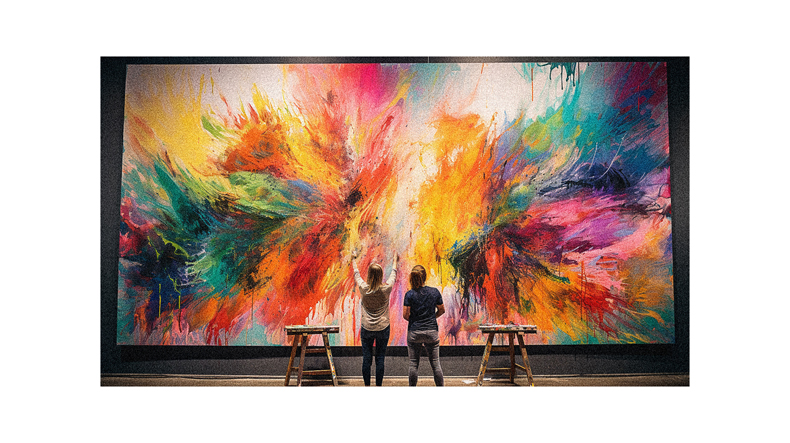
You’re likely to find that feedback from peers, mentors, and audiences plays a crucial role in refining your unique artistic style. The diverse perspectives they bring are invaluable. They’ll challenge you, push you to step outside your comfort zone, and experiment with new ideas.
Constructive criticism isn’t a personal attack. It’s an opportunity for growth. Remember, it’s the art being critiqued, not you. So, don’t take it personally. Instead, use it to improve your skills and expand your creative vision.
Embrace feedback, both positive and negative. It’ll fuel your resilience and adaptability. As you continue your artistic journey, you’ll find that criticism, handled effectively, catalyzes positive change and evolution in your artistic style.
Harnessing Constructive Criticism for Growth
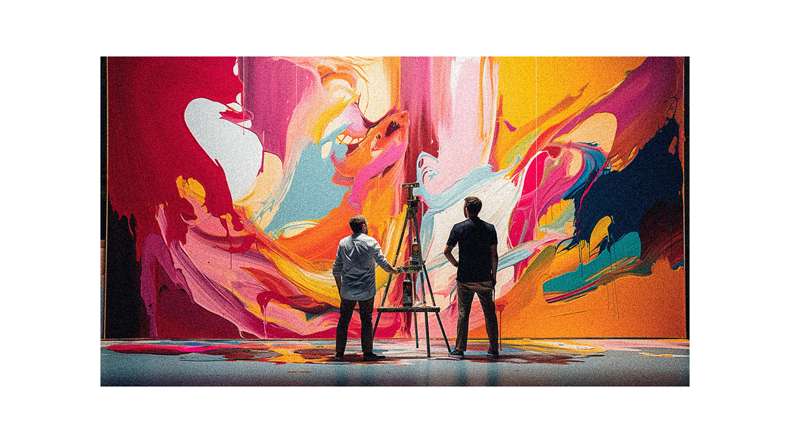
Harnessing constructive criticism can significantly impact your growth as an artist, pushing you to refine your skills and explore new techniques. It’s not always easy to hear feedback on your work, but it’s vital to your development. Please don’t shy away from it; embrace it. You’ll find that feedback, even when it’s tough to swallow, can fuel your creativity and motivate you to stretch your boundaries.
Criticism isn’t meant to tear you down but to build you up. It’s about gaining a fresh perspective and seeing your work through the eyes of others. Remember, you’re creating for yourself and an audience, too. So, take that feedback, learn from it, and let it guide your artistic journey. Your art will only get better for it.
Broadening Creativity Through Different Perspectives
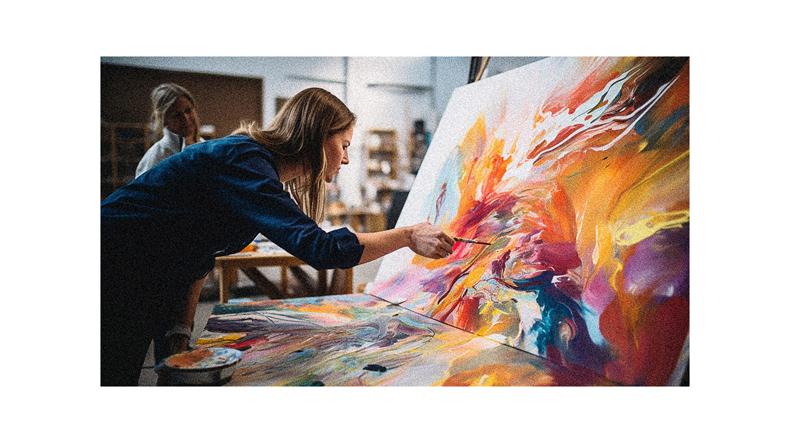
Different viewpoints can widen your creative landscape, pushing your artistry to unexplored territories. You can see your work differently through this lens of others’ perspectives, revealing hidden facets of your style.
Remember that not all feedback will align with your vision, but that’s okay. It’s about filtering out the noise and finding those golden insights to sharpen your creativity.
Critique is a stepping stone, not a stumbling block. Embrace it, learn from it, and grow from it. As an artist, you’re not just creating for yourself but for an audience. So, listen to their perspectives. They may help you carve out a style that’s uniquely yours, resonating across a broader spectrum of viewers.
Effective Strategies for Handling Criticism as an Artist
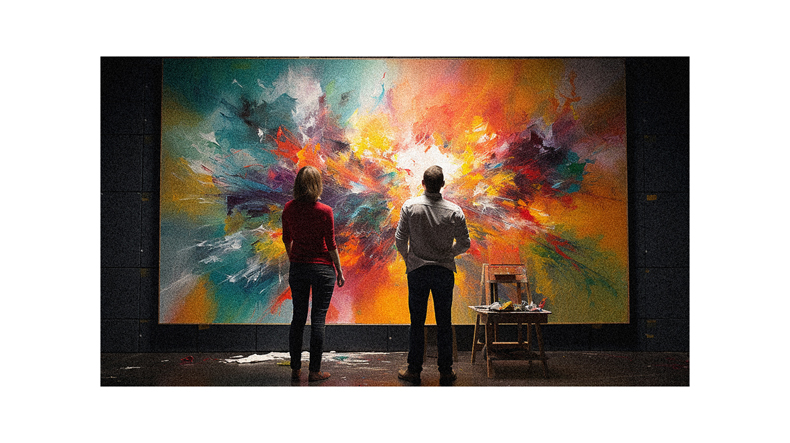
Navigating through criticism as an artist, you must develop strategies that will enable you to handle both praise and critique constructively and beneficially.
It’s important to remember not to take criticism personally. Instead, please take it as an opportunity to grow and improve your craft. Always maintain professionalism, even when the feedback seems harsh.
Analyze the critique, focusing on its constructive aspects, and use it as a motivation to refine your skills. Embrace a growth mindset and see criticism as a stepping stone to your artistic development.
Surround yourself with a supportive community that’ll provide you with constructive feedback.
Lastly, balance criticism with artistic integrity, staying true to your vision while incorporating valuable feedback.
Understanding and Applying Art Criticism to Style Development
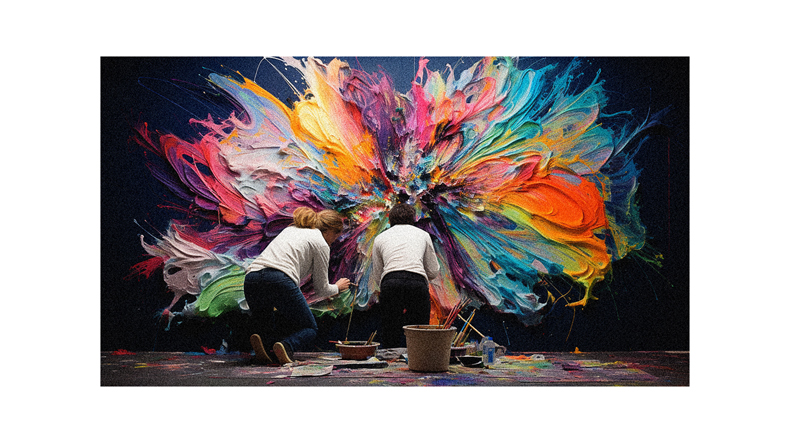
In your journey as an artist, understanding and applying art criticism to your work can profoundly influence your growth and evolution. It’s not just about accepting feedback; it’s about dissecting it, understanding it, and using it to refine your unique style.
Art criticism isn’t a personal attack; it’s a tool for development. When you receive critiques, analyze them. What can you learn from them? What aspects resonate with you?
Remember, you’re not obliged to change your style based on every piece of feedback. Instead, use criticism to identify areas for improvement, then make conscious decisions about how to evolve your work.
It’s a process of continual growth, and it’s essential to developing your style. Embrace art criticism. It’s a key player in your artistic journey.
The Role of Art Critics in Style Evolution
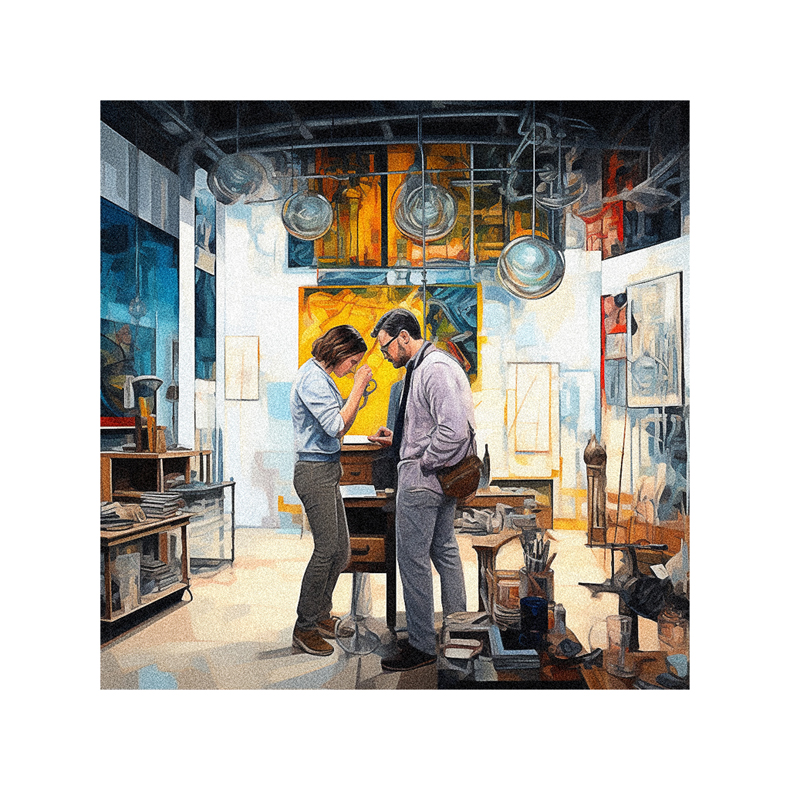
You’ll find that art critics play an instrumental role in your evolution as an artist. They provide a fresh viewpoint, often noticing aspects of your work you may overlook. Hearing their feedback is not always easy, but it’s beneficial.
A critic’s perspective can push you to refine your style and technique. They challenge you to dig deeper into your creative process, helping you grow and evolve. Remember, it’s not personal. They’re not attacking you but assessing your work. They aim to bring out the best in you.
Embrace their critiques, learn from them, and use them as stepping stones to improve your craft. After all, every critique is an opportunity to grow and develop your artistic journey.
Building Emotional Resilience in the Face of Critique
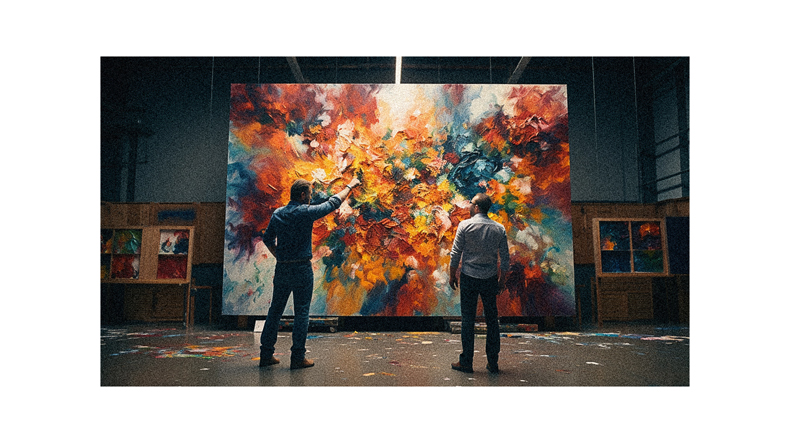
Let’s delve into building emotional resilience in the face of critique.
You’re bound to face criticism as an artist, but how you handle it marks your growth.
Don’t take it personally; view it as a chance to refine your skills. Remember, you’re separate from your work.
Detach emotionally from negative feedback and focus on constructive criticism.
It’s also important to practice self-care. Keep your mental state positive and surround yourself with supportive peers.
Lastly, always keep your eyes on your artistic goals. Don’t let others’ opinions sway you from your vision.
Balancing Artistic Integrity With External Perspectives
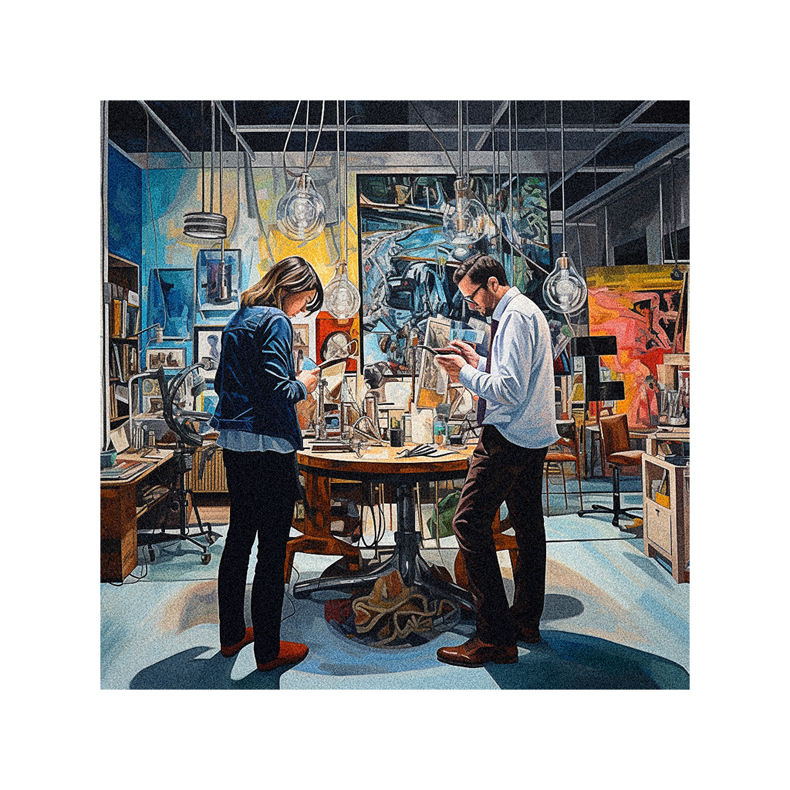
Balancing your artistic vision with the input of others can be a challenging yet rewarding part of your creative process. When you open yourself to critique, you allow diverse perspectives to enrich your work.
Still, it’s essential to maintain your artistic integrity. You’ve got to sift through feedback, absorbing what aligns with your vision and discarding what doesn’t. Don’t let criticism make you lose sight of your unique voice.
Instead, use it to refine your skills and enhance your expression. Remember, you’re the artist; you hold the final say in your work. So, take criticism onboard, but never compromise your authenticity.
Your art is your voice, and it’s the authenticity of this voice that genuinely resonates with your audience.
Follow us on Pinterest for more tips, tutorials, and artist reviews!

